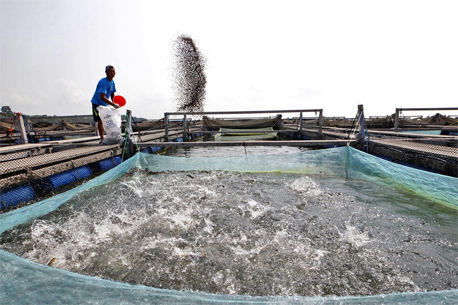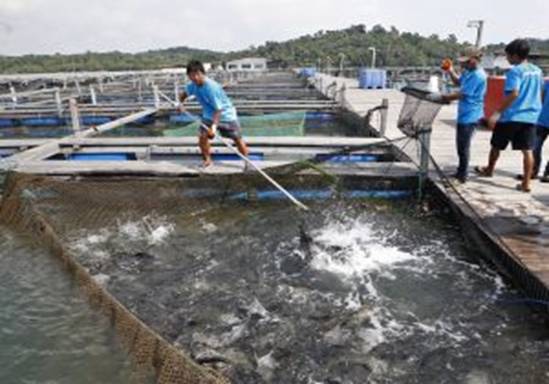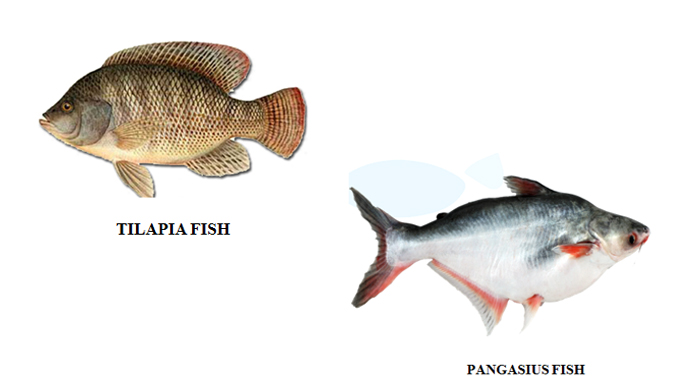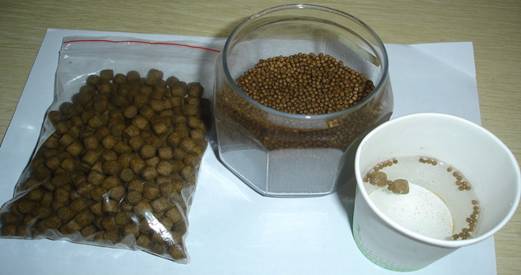What Is Cage Culture?
Cage-Culture is the way where fish are reared from fry to fingerling, fingerling to table size, or table size to marketable size while captive in an enclosed space that maintains the free exchange of water with the surrounding water body. A cage is enclosed on all sides with mesh netting made from synthetic material that can resist decomposition in water for a long period of time and is sold under various brand names. Cages are generally small, ranging in freshwater reservoirs from 1 square meter (m2) to 500 m2. Several small cages combined in a battery, as described below, are suited for even highly intensive culture.
Why Cage Culture?
- Higher production in less space and water area
- Less harvesting charges
- Assured production and growth in specified time
- Assured and reliable fish supply for marketing
- Production under controlled condition with external feeding
- Selected species can be grown at required sizes
- Not dependent on weather condition
- Primary productivity of water is not an issue
Advantages Of Cage Culture
Cage culture is suitable to a wide range of open freshwater ecosystems, especially reservoirs. It efficiently exploits water bodies, tapping their natural productivity and thereby reducing pressure on other resources. It uses simple technology and locally available resources for cage construction and operation, making it economically, socially and environmentally sound. As Tilapia and pangasius feed at a low trophic level, rearing Tilapia fingerlings has minimal impact on the environment. Polyculture of Tilapia species with various feeding habits makes wise use of resources, as the different feeding habits of various species and their acceptance of a wide range of supplemental feeds maximizes fingerling uptake of feed while minimizing competition among species, feed waste and the resulting pollution.
Cage culture eliminates losses to predation and facilitates prophylactic measures to contain any outbreak of disease, allowing very high fingerling survival rates. It makes effective use of manpower, as daily maintenance routines and monitoring are relatively simple, and harvesting is rapid, easy, sure and complete. As cage culture can be practiced intensively, high yields can be achieved very cost effectively. Since most reservoirs in India are designated for multiple uses, including supplying drinking water, cage culture is appropriate because it is minimally polluting and maintains the ecological health of the reservoir.
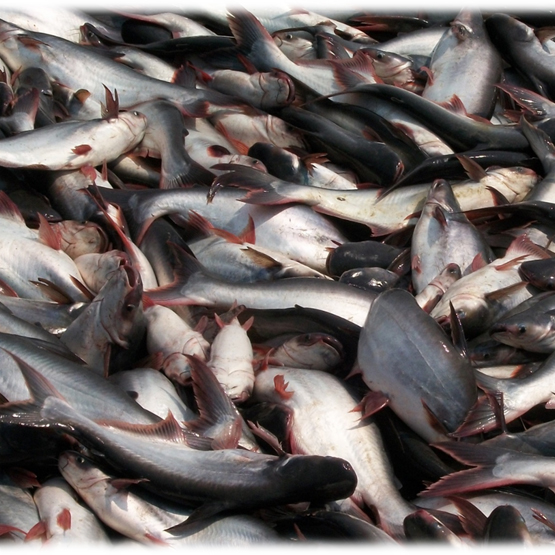 Harvesting Of Fish From Cages
Harvesting Of Fish From Cages
Candidate Fish Species For Culture In Cages
Tilapia fish and Pangasius fish are the most suitable candidate species for culture in cages. Tilapia will grow 700 gms in approximate 200 days (7 month) and Pangasius will grow at 1000 gm in 240 days (8 months). Pangasius takes oxygen from outside of the water as this species is an air breathing fish so have the ability to high stocking in the cages and high yield/ cage. Tilapia is the future species of world and has a fast growth and lower feed conversion ratio.
Tilapia is a prolific breeder variety so it has been suggested by the Ministry of Agriculture, Department of Fisheries under Guidelines for responsible tilapia fish farming that, all mail seed of tilapia has to be stock in cages and only those reservoirs can be used for cage culture, where already existence of tilapia in the reservoir.
Tilapia and Pangasius fish seed is easily available in the markets and special hatcheries are developed in Andhra Pradesh and West Bengal.
